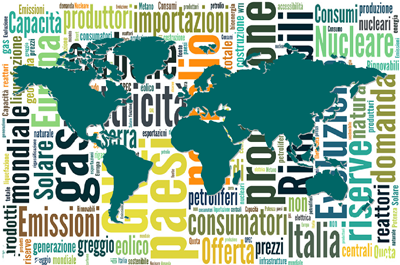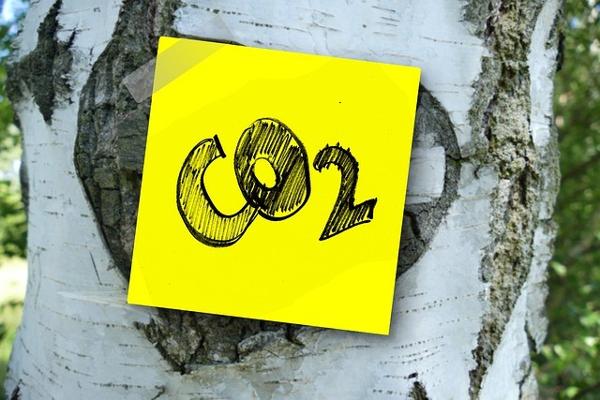The end of Russian gas transit via Ukraine on 1 January 2025 was a significant event, and another step in the decline of Russian gas supplies to Europe. Deliveries via TurkStream to South-Eastern Europe and Hungary now remain the only route for Gazprom to supply gas to a European market where it was once the single largest supplier. For decades, Ukraine’s transit corridors were a vital artery for Russian gas deliveries to Europe, shaping energy flows and geopolitical dynamics. The termination of this agreement, set against the backdrop of geopolitical tensions and energy diversification, marks the beginning of substantial changes in gas supply chains, LNG trade dynamics, and global market pricing.
This event followed a profound reconfiguration of natural gas flows across Europe. Before the deal's conclusion, Russian gas transit via Ukraine was already limited to a single corridor, from Sudzha, reflecting a significant reduction in the capacity and role of Ukrainian pipelines in recent years. Slovakia, the last long-term buyer of Russian gas flowing through Ukraine, has openly criticized the end of the transit and even threatened to cut electricity supplies to Ukraine, highlighting the geopolitical tensions stemming from the deal's termination.
Stopping the transit of natural gas through Ukraine has had an unexpected effect: European Union countries have started to buy Russian LNG at a record pace, despite ten EU countries calling for sanctions on Russian gas and LNG. At the same time, the bloc has hiked imports of U.S. LNG and expanded its use of renewable energy to help fill the gap. While the end of Russian gas transit via Ukraine had a notable impact in Central Europe, the impact on the European market as a whole will be probably limited. Countries with diversified supply sources and LNG infrastructure are better positioned to absorb the disruption, mitigating broader market effects. After the loss of Russian volumes, we should see an uptick in gas supply from Germany, and possibly Italy, to Central Europe. This can only come from increased LNG imports, making summer 2025 a particularly interesting period to watch.
The loss of Russian supply via Ukraine has been compounded by an uptick in winter gas demand. This increased need for supply is being met through higher storage withdrawals, which, while alleviating immediate shortages, could strain inventories as the season progresses. Additional supply from European gas production and non-Russian suppliers is limited, further intensifying the challenge of meeting heightened demand. Even if overall gas demand remains similar year-on-year, this implies higher LNG imports to feed the additional storage replenishment and to replace volumes of Russian pipeline gas that will not be delivered via Ukraine in summer 2025. This impact will be exacerbated if European gas demand actually rises year-on-year in 2025. For Europe as a whole, the uptick in demand will have a greater immediate impact than the end of transit via Ukraine, highlighting the critical role of demand-side factors in shaping short-term market dynamics. Regional price spreads have widened, reflecting localized supply-demand imbalances, with Central Europe experiencing higher premiums compared to Western Europe.
It should be noted that Europe experienced widespread declines in LNG imports throughout 2024. These declines reflect a confluence of factors, including softer demand, increased competition from Asian buyers, and constrained supply from key exporters. This context highlights the challenges Europe faces in securing adequate LNG volumes moving forward. Europe’s pivot away from Russian pipeline gas has accelerated its reliance on LNG imports. The termination of the transit deal further cements this trend, with additional volumes expected from the United States, Qatar, and other suppliers. Notably, the U.S. has emerged as a critical supplier, leveraging its abundant shale gas resources to fill Europe’s energy gap.
The heightened demand in Europe exerts upward pressure on LNG prices globally, impacting buyers in Asia and other regions. Asian markets, already grappling with elevated costs, face increased difficulty securing cargoes, particularly in the spot market. This situation underscores the interconnected nature of LNG markets, where regional developments reverberate across the globe.
The reconfiguration of European gas flows reshapes LNG pricing dynamics globally. Higher European demand narrows the price differential between European and Asian markets, reducing arbitrage opportunities and prompting traders to reassess shipping routes and strategies. This realignment also impacts long-term contracts, with buyers seeking greater flexibility to mitigate market volatility.
The increasing reliance on spot LNG cargoes in Europe enhances market liquidity but also introduces greater price volatility. Suppliers and buyers must navigate this environment carefully, balancing short-term gains against long-term stability. For Asian markets, the squeeze on spot availability underscores the importance of securing reliable supply agreements to buffer against future disruptions.
The termination of the Russian-Ukraine gas transit deal marks a pivotal moment in global energy markets, with far-reaching implications for natural gas supply chains, LNG trade patterns, and pricing dynamics. In the immediate term, Europe faces challenges in maintaining supply security and managing regional price spreads, while LNG demand surges to compensate for reduced pipeline flows.
Over the long term, the deal’s conclusion accelerates trends toward energy diversification and renewable investments, reshaping the geopolitical landscape and reducing Russian influence in European markets. Globally, the ripple effects on LNG pricing and trade highlight the interconnected nature of the market and the need for strategic foresight.




















